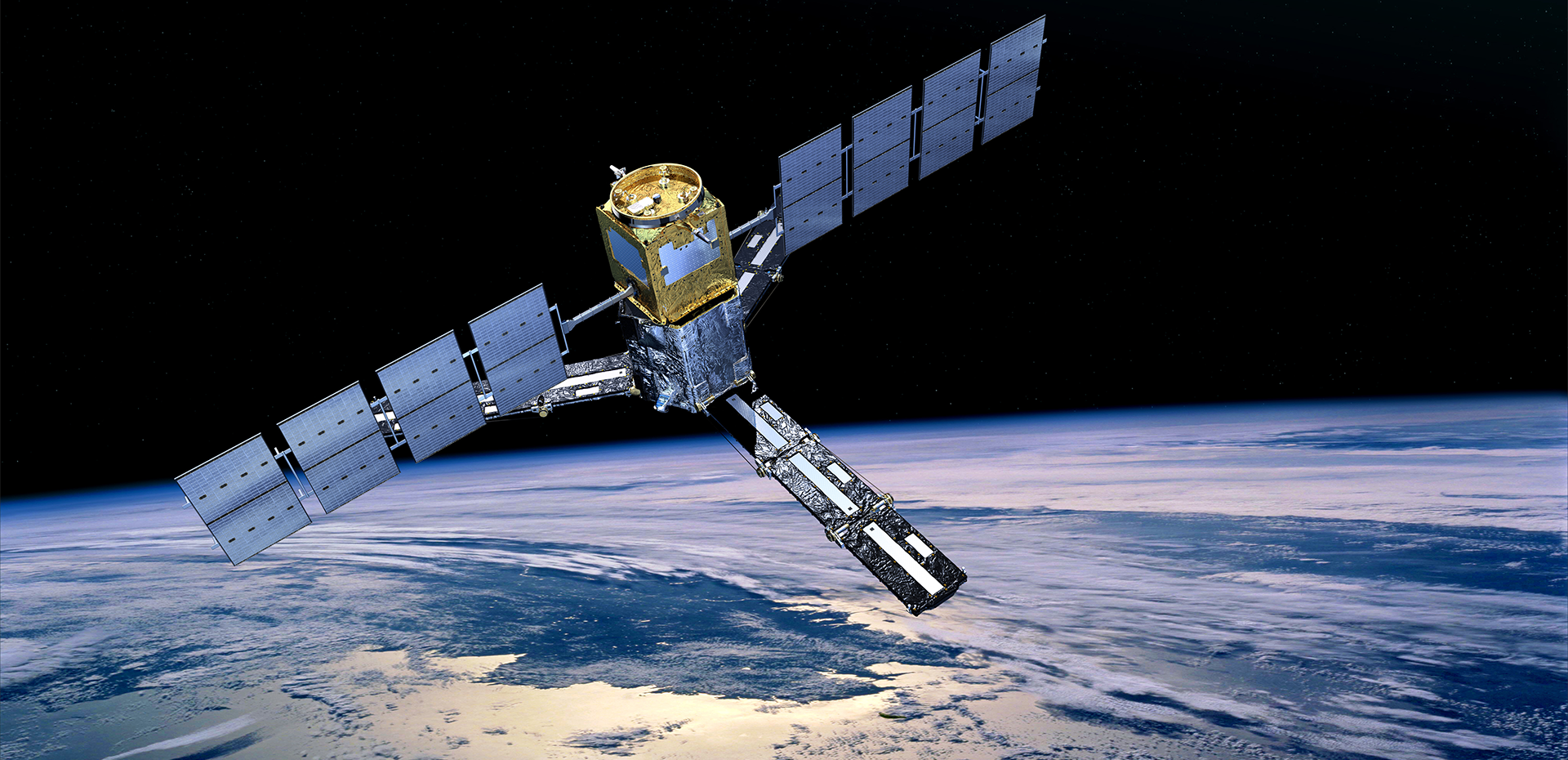We advance and utilize the knowledge within the field of passive (radiometers) and active (radars) microwave remote sensing techniques for the benefit of society. This is pursued through two core activities, namely the design, development and operation of new sensors, and data analysis and interpretation, including the development and application of novel signal and data processing methods.
The division deals with research, development and use of microwave sensors. We research both passive and active sensors - which are microwaves, radiometers and radars - that are used to observe the earth's surface. The systems are used for monitoring vegetation, land and sea ice, and measuring temperatures in the world's oceans from space or via aircraft.






